I recently did a photoshoot with some reptiles and small critters. All were Australian animals, but I am pretty sure most reptiles are similar around the world. I have done this several times and it is always a lot of fun, as long as you don’t have a problem with reptiles. We had a handler on-site, to wrangle the animals and reptiles and keep us informed on their behavior, habitat and needs.
The setup for the reptiles and critters
- Try to keep the room warm, most reptiles, especially our Australian ones are coldblooded and are more docile and happy if they are warm. However, while using studio lights, make sure that they do not get too warm or dehydrated.
- Each reptile, insect or animal was only out for about 10 minutes at a time.
- We set up a table and placed black Perspex or Plexiglas (depending on where you live) to get lovely reflections. Keep in mind it will need to be wiped down occasionally — NEVER use chemicals like glass cleaner on the Perspex as it can harm the reptiles through contact. Just use water and a paper towel. We also placed a black sheet on a backdrop stand to keep the background neutral and avoid unwanted reflections.
- We used logs to pose the animals and add some interest to the images.
- With the studio lights, we have found that constant LED lights were less upsetting for the reptiles than a flash. I have heard of people using flash with great results as well.
- We found if the lights were turned down a little or not overly bright the reptiles were also fairly happy. The downside to that is that you need to have your ISO turned up a bit.
.mgl-tiles { display: none; } #mgl-gallery-634ebbb57b1f7 { margin: -5px; width: calc(100% + 10px); } #mgl-gallery-634ebbb57b1f7 .mgl-box { padding: 5px; } @media screen and (max-width: 768px) { #mgl-gallery-634ebbb57b1f7 { margin: -5px; width: calc(100% + 10px); } #mgl-gallery-634ebbb57b1f7 .mgl-box { padding: 5px; } } @media screen and (max-width: 460px) { #mgl-gallery-634ebbb57b1f7 { margin: -5px; width: calc(100% + 10px); } #mgl-gallery-634ebbb57b1f7 .mgl-box { padding: 5px; } }
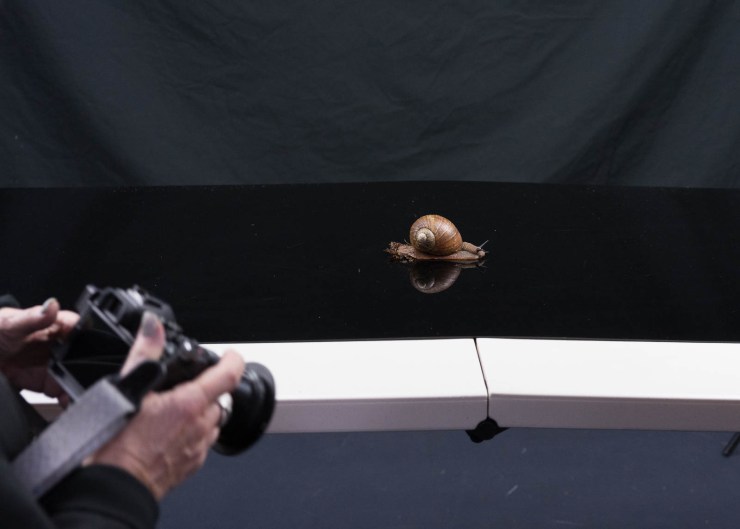
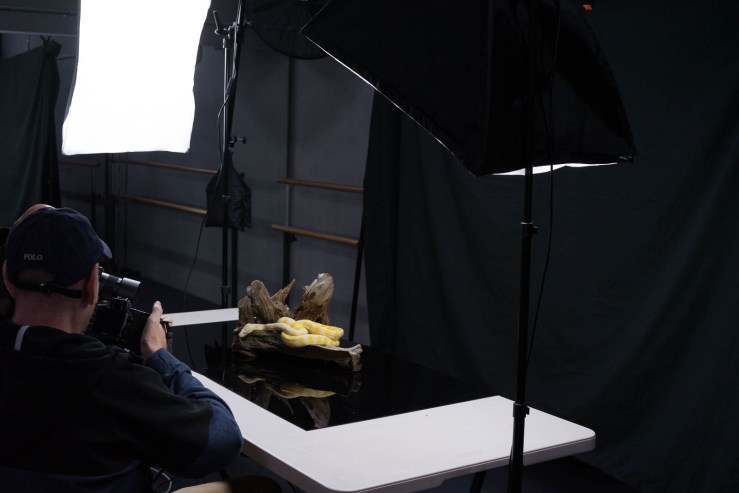
Camera gear
- I was shooting with my Sony a7ii and my Sony 24-70mm but ended up using the 50mm macro for most of my photos, but kept the f-stop fairly mid-range … f/6.3.
- I found with a higher f-stop like f/2.8 it was difficult to maintain a great focus as they tend to move around a bit.
- My ISO was at 1250 and my shutter speed I tried to keep above 1/80s for both clarity and sharpness and avoid camera shake.
- A tripod was not really an option as the animals move around so much, that you have to keep moving around with them
The animals
We had a variety of Aussie animals that day. There was an Australian leaf insect, Albino Darwin carpet python, central bearded dragon, Centralian rough knob tail gecko, red tail black cockatoo and a green tree frog.
.mgl-tiles { display: none; } #mgl-gallery-634ebbb57c1ed { margin: -5px; width: calc(100% + 10px); } #mgl-gallery-634ebbb57c1ed .mgl-box { padding: 5px; } @media screen and (max-width: 768px) { #mgl-gallery-634ebbb57c1ed { margin: -5px; width: calc(100% + 10px); } #mgl-gallery-634ebbb57c1ed .mgl-box { padding: 5px; } } @media screen and (max-width: 460px) { #mgl-gallery-634ebbb57c1ed { margin: -5px; width: calc(100% + 10px); } #mgl-gallery-634ebbb57c1ed .mgl-box { padding: 5px; } }
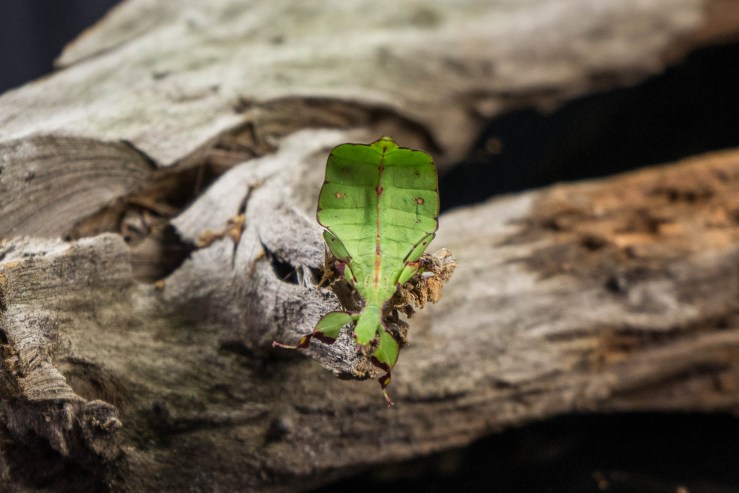
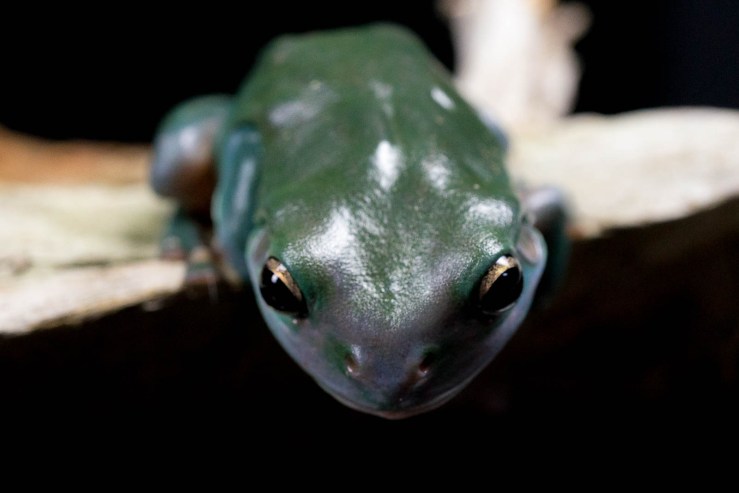

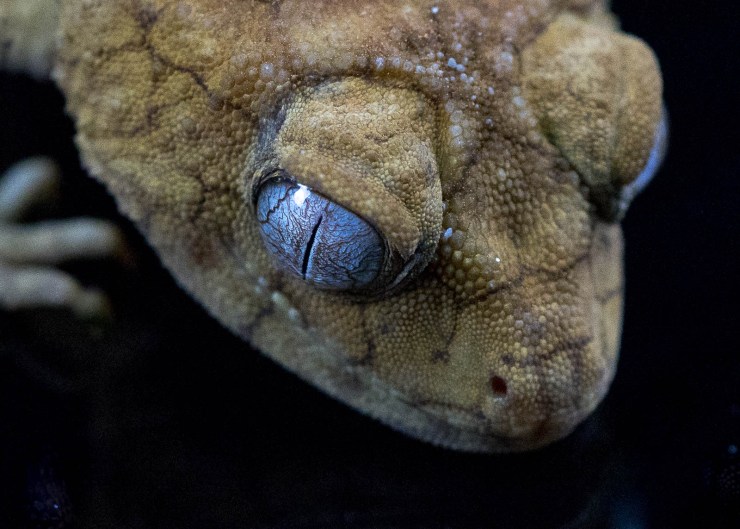
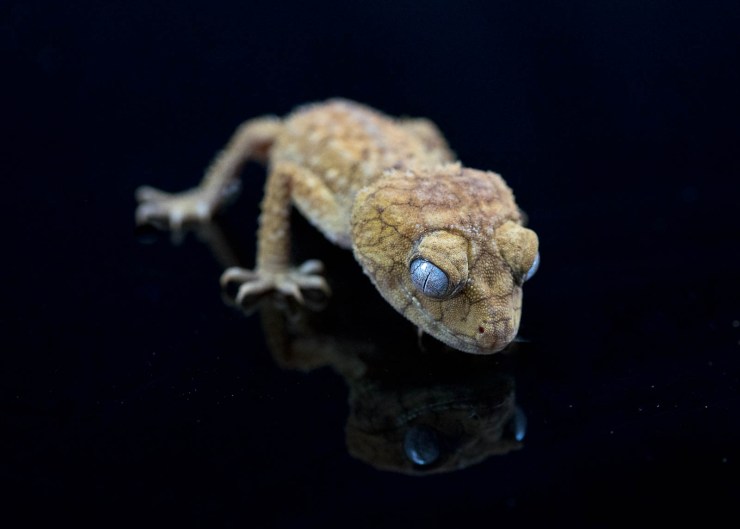
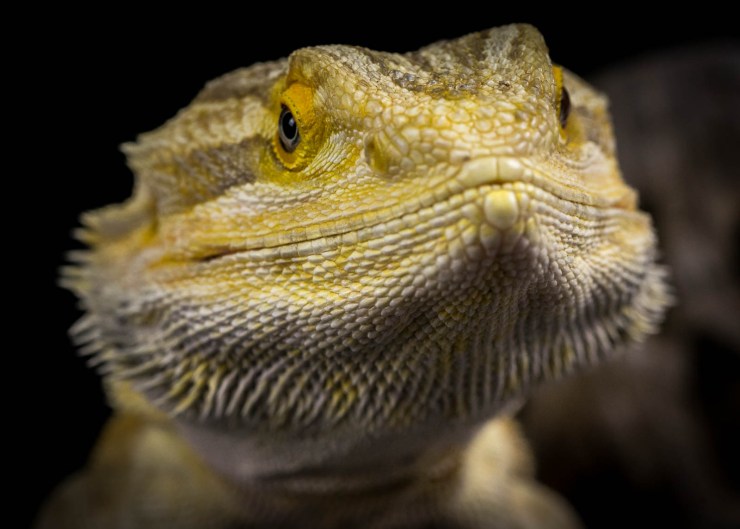
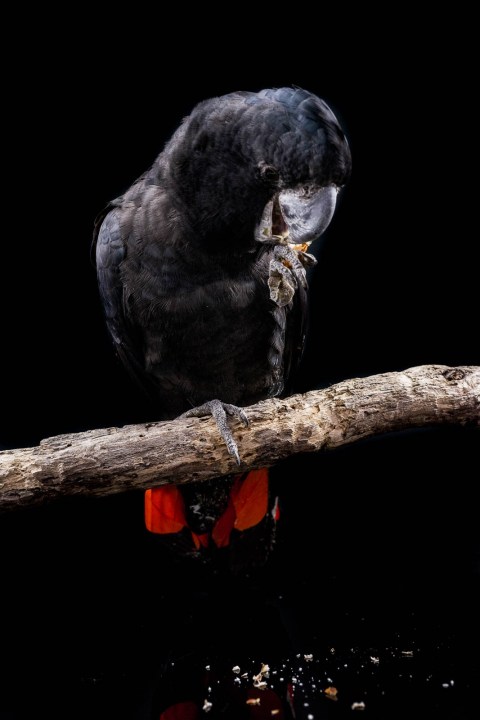
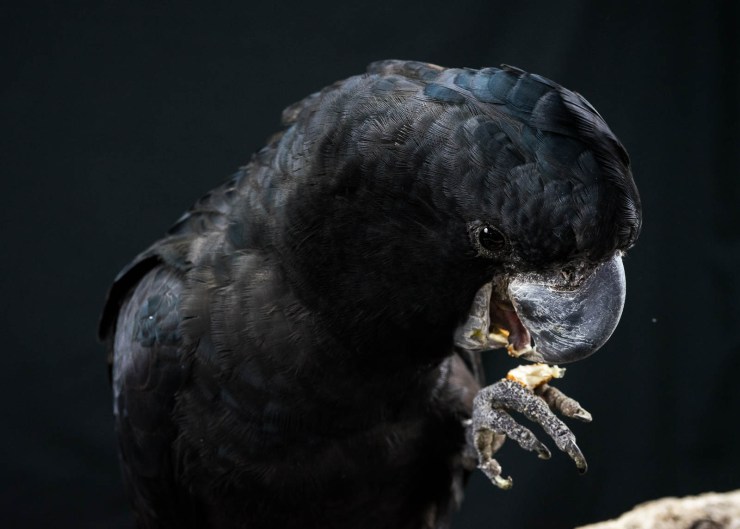
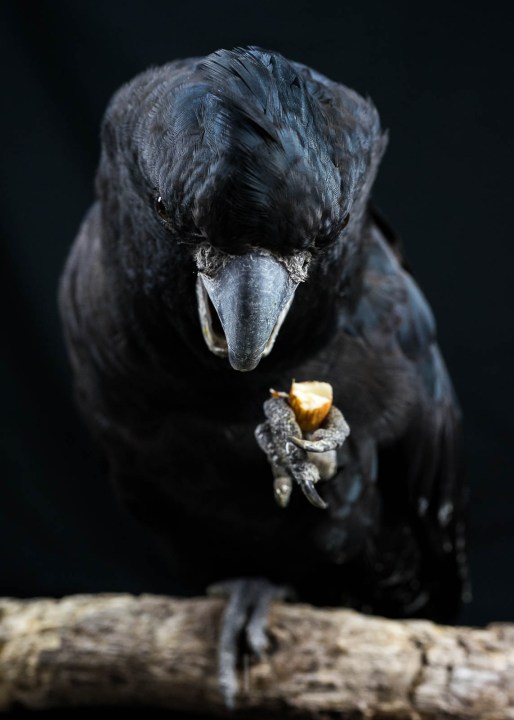
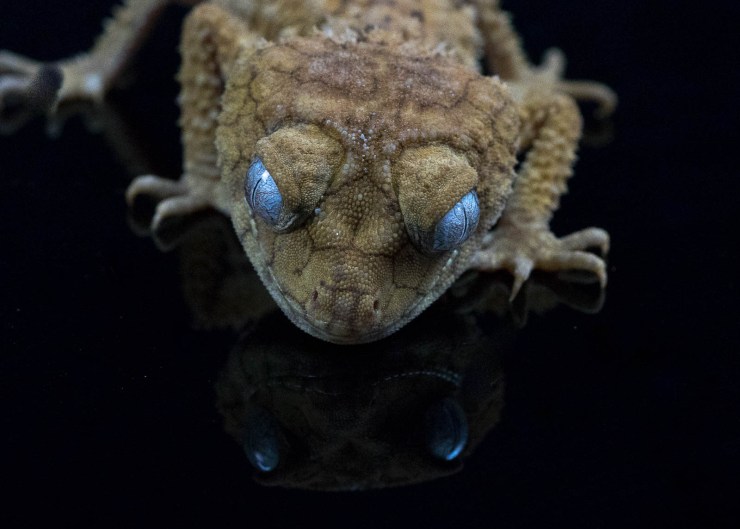
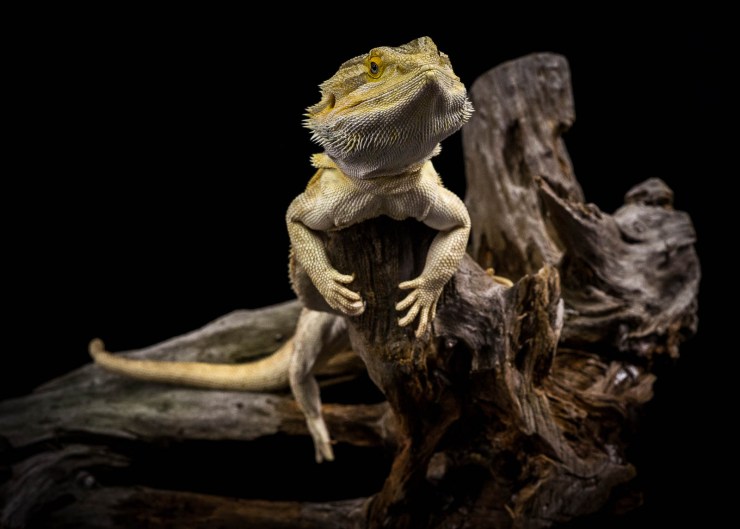
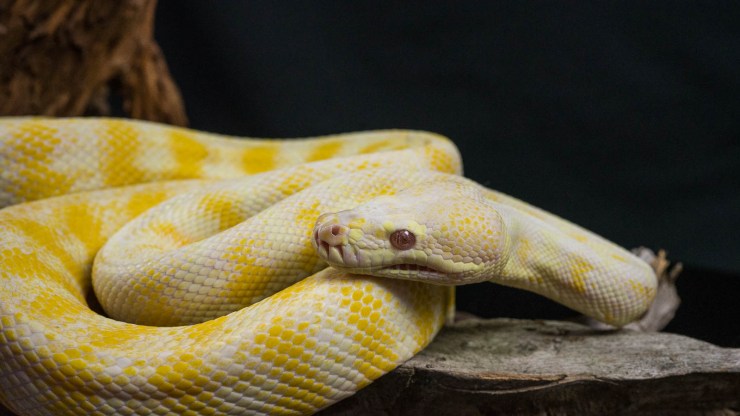
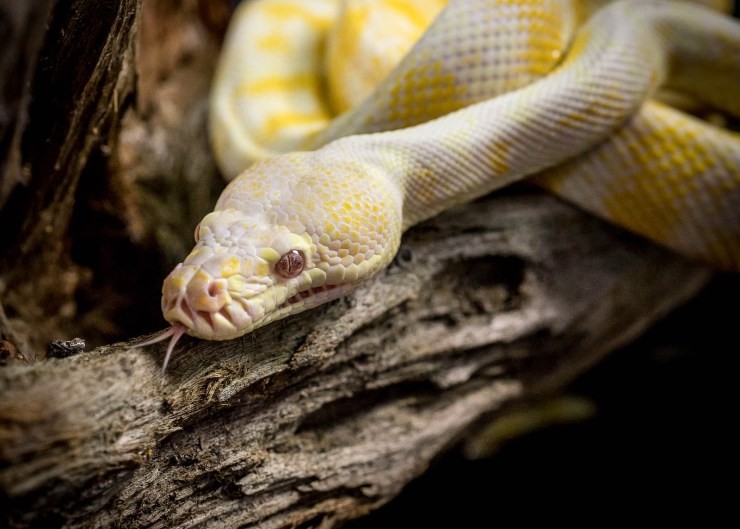

None of these animals is considered dangerous at all, but for their own safety, we handled them as little as possible and let the professional handler deal with moving and posing them. We did have to get careful with several of them when they tried to leave the table — geckos can be VERY quick and frogs can jump quite high.
This was a great afternoon spent with some curious Australian animals. I am sure each country has its own unique reptiles, critters and animals. Personally, I think I would draw the line at spiders — especially tarantulas — and anything that could be remotely poisonous, but perhaps that is just me.
.mgl-tiles { display: none; } #mgl-gallery-634ebbb57f54e { margin: -5px; width: calc(100% + 10px); } #mgl-gallery-634ebbb57f54e .mgl-box { padding: 5px; } @media screen and (max-width: 768px) { #mgl-gallery-634ebbb57f54e { margin: -5px; width: calc(100% + 10px); } #mgl-gallery-634ebbb57f54e .mgl-box { padding: 5px; } } @media screen and (max-width: 460px) { #mgl-gallery-634ebbb57f54e { margin: -5px; width: calc(100% + 10px); } #mgl-gallery-634ebbb57f54e .mgl-box { padding: 5px; } }
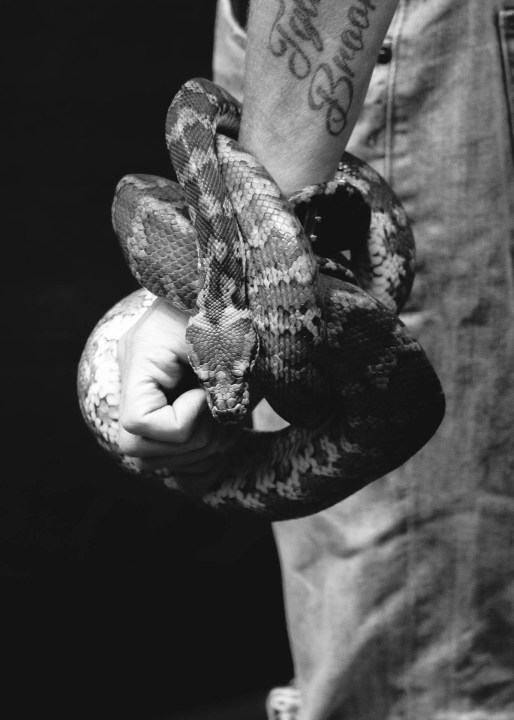
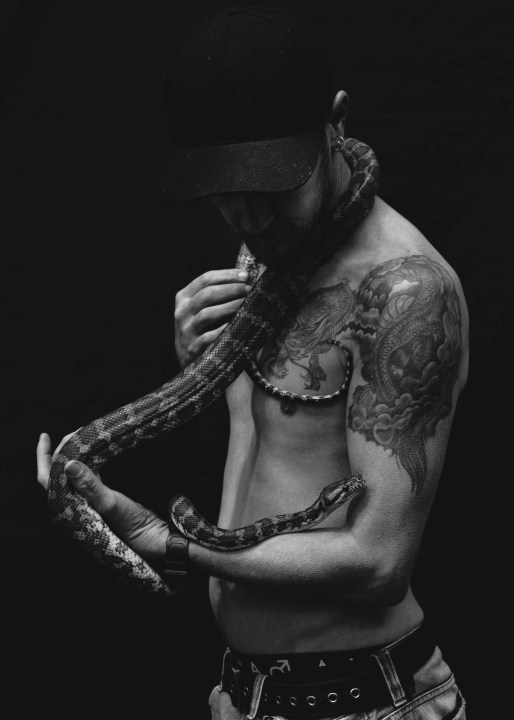
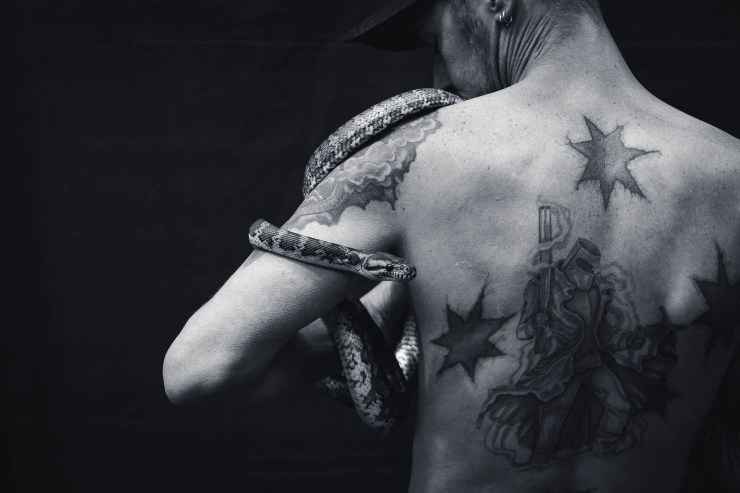
We also had a portrait session with a handler and his Queensland Carpet Python, Monty.
Tell your story with the second annual Visual Storytelling Conference!
Experience four days of interactive, online training sessions featuring a range of educational content with experienced photographers and content creators. This free event kicks off with a series of technical boot camps to build essential skills, followed by live, online sessions on photography, video, business and social media. Join live from March 10-13, 2022!
